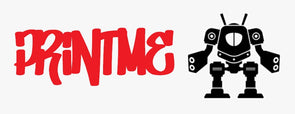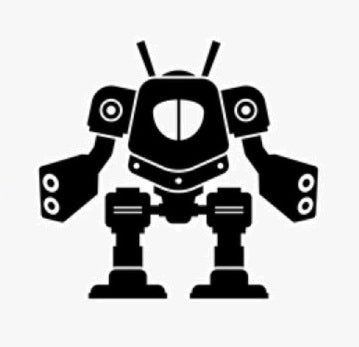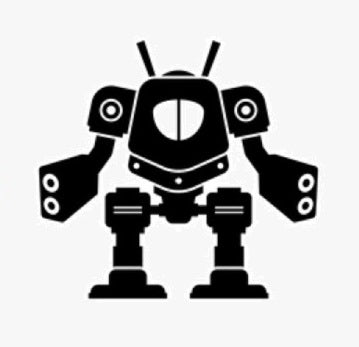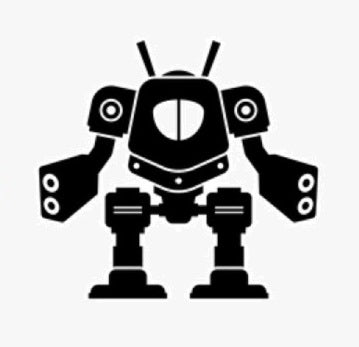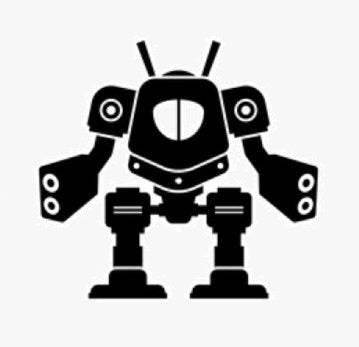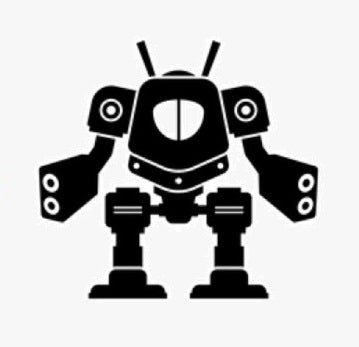Title: Choosing the Right 3D Printer: A Comprehensive Guide
Introduction
Investing in a 3D printer is an exciting step for anyone interested in bringing their creative ideas to life. However, with a wide range of 3D printers available on the market, choosing the right one can be a daunting task. In this guide, we'll explore the key factors to consider when selecting the perfect 3D printer for your needs.
- Budget
Your budget is a critical factor in determining which 3D printer to purchase. 3D printers come in various price ranges, from affordable desktop models to high-end industrial machines. Consider how much you're willing to spend and remember that, in addition to the printer itself, you may need to budget for filament, maintenance, and accessories.
- Printer Type
There are several types of 3D printers, but the two most common are:
-
Fused Deposition Modeling (FDM): FDM printers are the most popular for beginners and hobbyists. They work by heating and extruding filament layer by layer to create objects. FDM printers are known for their affordability and ease of use.
-
Stereolithography (SLA) or Digital Light Processing (DLP): SLA and DLP printers use liquid resin cured by UV light to build objects. They produce highly detailed, smooth prints and are often used for jewelry, dental work, and other applications requiring precision.
- Build Volume
Consider the size of the objects you intend to print. The build volume, or the maximum size of the objects a printer can create, varies among models. If you plan to print large items, you'll need a printer with a larger build volume.
- Print Quality
The print quality of a 3D printer is determined by factors such as layer resolution and accuracy. Higher-resolution printers can produce more detailed and precise prints. Pay attention to the printer's specifications to ensure it meets your quality expectations.
- Material Compatibility
Different 3D printers are compatible with specific types of filament or resin. Ensure that the printer you choose can work with the materials you plan to use. For example, if you want to print flexible objects, make sure the printer supports TPU or similar materials.
- Ease of Use
Consider your level of expertise with 3D printing. Some printers are designed for beginners and come with user-friendly interfaces and software, while others are more suitable for experienced users who want more control over the printing process.
- Community and Support
Check if the printer you're interested in has an active online community. Online forums and social media groups can be valuable resources for troubleshooting issues, sharing tips, and finding printable models. Also, research the availability of customer support and warranty options.
- Additional Features
Some 3D printers come with extra features like heated beds, automatic bed leveling, or dual extruders. These features can enhance your printing experience but may also add to the cost.
- Brand Reputation and Reviews
Research the reputation of the manufacturer and read reviews from other users. A reputable brand with positive feedback is more likely to provide a reliable and well-supported product.
Conclusion
Choosing the right 3D printer requires careful consideration of your budget, intended use, and personal preferences. By assessing factors such as printer type, build volume, print quality, material compatibility, ease of use, community support, and additional features, you can make an informed decision that aligns with your 3D printing goals. Remember that the perfect 3D printer for one person may not be the best choice for another, so take your time to research and find the printer that suits your specific needs and aspirations.
